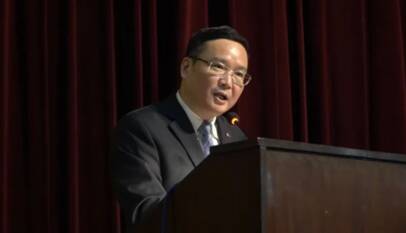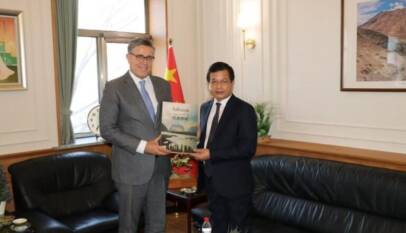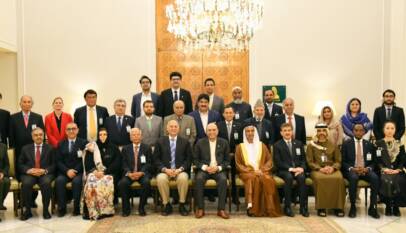China supports Pakistan to boost ginger cultivation under CPEC
The Planning Commission report titled “Cluster Development Based Agriculture Transformation Plan Vision-2025” has suggested that the scientists including breeders, soil scientists, economists should be funded to develop new ginger varieties suitable for the local environment. The report also proposed scientists to interact with Chinese scientists under CPEC project to import ginger germplasm and develop proper management practices to accomplish the goal yield at least equal or advanced than the world average within the speculated period. In addition, the report recommended that certain tracts in the Mansehra district of Khyber-Pakhtunkhwa province can perhaps suitably meet the ginger cultivation requirements.
“A team of scientists including breeders, soil scientists, economists, etc should be funded to develop new ginger varieties suitable for the local environment,” said a Planning Commission report titled “Cluster Development Based Agriculture Transformation Plan Vision-2025”.
According to the report, the team should interact with Chinese scientists through the CPEC programme to import ginger germplasm and develop appropriate management practices to achieve the target yield at least equal or higher than the world average within the speculated period.
The Planning Commission, from the Ministry of Planning, Development and Special Initiatives, report also suggests that certain tracts in Mansehra district of Khyber-Pakhtunkhwa province can perhaps suitably meet the ginger cultivation requirements.
The pH level of the soil in the district is around 6.8 and it has a large tract of sloppy land suitable for ginger cultivation. The temperature and humidity level of the district during March-May remains in a reasonable range suitable for ginger cultivation.
A Chinese survey in the past also substantiated these claims, the report added.
Due to the negligence of policymakers in relation to the improvement in the ginger value chain, ginger production in Pakistan has dried down, and the country now completely relies on its imports by spending over $70 million per annum.
The export of processed ginger from Pakistan, which is mainly re-exported, does not compensate for its high imports. As a result, the trade deficit is ballooning over time because of the consumers’ increasing preference for ginger consumption, dwindled ginger supply from domestic sources and the increase in import prices.
According to statistics, global production of ginger recorded in 2019 was 4.1 million tons. India leads global production, however, China topped the world’s exports.
China’s ginger cultivation area is about 30,000 hectares with a total yield of harvested produce of more than 2 million tons.
The world’s export of ginger reached $855 million in 2017, which is growing at the rate of 17% per annum. The top importers of ginger are the United States and Pakistan.
Pakistan imports ginger mainly from China, Thailand and India. Being a neighbouring and friendly country, it is most feasible for Pakistan to import ginger from China.
Recently, Pakistan Agriculture Research Council (PARC) Chairman Dr Ghulam Muhammad Ali, with Senator Dr Sania Nishtar, Special Assistant on Poverty Alleviation and Social Protection, inaugurated the first-ever ginger cultivation during the ginger harvest workshop at Balkasar, Chakwal.
Chinese envoy Zhao Shiren urges students to uphold integrity and strengthen China-Pakistan ties
LAHORE:The Consul Generals from several countries and other distinguished guests attended …











